Tags: Aurora Borealis

Geomagnetic Storm Alert: G3 Event Expected by Friday, Potential Disruptions to Power Grids and Satellite Signals

Northern Lights From Space: NASA Astronaut Captures Ethereal Green Aurora Over Earth

Aurora Borealis Could Be Visible in the US Tonight, Thanks to Slamming of Coronal Mass Ejection Onto Earth
Polar Vortex Indicator: Aurora Borealis Reveals Rapid Ozone Layer Depletion, Affects Electricity Consumption in Northern Europe
Northern Lights Make Hissing Noise Due to Corona Discharge [Listen]
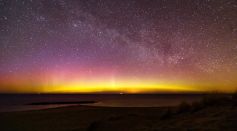
Unusual Orange Auroras Seen in Scotland After Solar Storm Smashed Into Earth

Aurora on the Sun Spotted by Astronomers For the First Time Ever; Is This Similar to Those Seen on Earth?
Northern Lights Explained: What Causes Aurora Borealis?
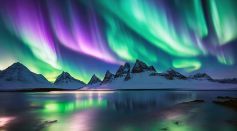
Stay Tuned: Northern Lights May Be Visible From the US on Tuesday Due to Solar Storm

Northern Lights Forecast: Stunning Aurora Borealis Expected To Illuminate Multiple U.S. States This Week
Rare View of Northern Lights From Outer Space Shows Spectacular Green, Purple Ripples [Watch]
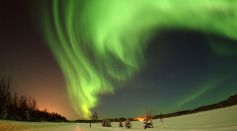
Northern Lights' Surprise: Strange Spiral Appears in the Alaska Night Sky Amid Auroras; What Caused This Odd Glow?
![Photographer Captures Impressive Footage of Northern Lights During Flight to Alaska [Watch]](https://d.sciencetimes.com/en/full/45906/photographer-captures-impressive-footage-northern-lights-during-flight-alaska-watch.jpg?w=237&h=131&f=9b6d8ecc2bf5bbbb4f292c92affd825a)
Photographer Captures Impressive Footage of Northern Lights During Flight to Alaska [Watch]
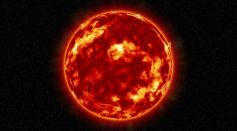
Another Giant Coronal Hole Found Sitting on the Sun's Equator; It Could Release Solar Winds Moving at Speed of 1.8 Million Mph
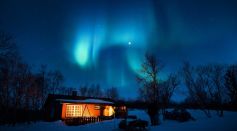
Skywatchers View Rare Red Auroras Through Naked Eye
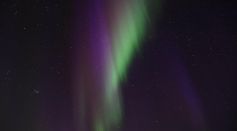
Sunspot Releases Huge X-Class Solar Flare; Cannibal Coronal Mass Ejection Brings Northern Lights to Places They Are Not Typically Seen
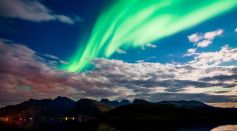
Northern Lights: Strong Aurora Borealis Fill Scotland Skies With Green After a Powerful Geomagnetic Storm

NASA's Suomi NPP Satellite Shares Lovely Photo of Aurora Borealis Over Hudson Bay [Look]

Northern Lights on Christmas: Solar Storm to Bring Strong Aurora Borealis This Holiday Season in the North Pole, Met Office Says
Geomagnetic Storms and Intense Aurora: Do Solar Storms Cause Northern Lights?
Most Popular

Largest Known Volcanic Aquifer Discovered Beneath Oregon's Cascades

New 'Supergiant' Sea Bug Found in South China Sea, Named After Darth Vader

Mediterranean Sea Was Refilled by a Catastrophic Flood Millions of Years Ago

Mysterious Cosmic Waves That Sound Like Birds Detected in Unexpected Space Region





